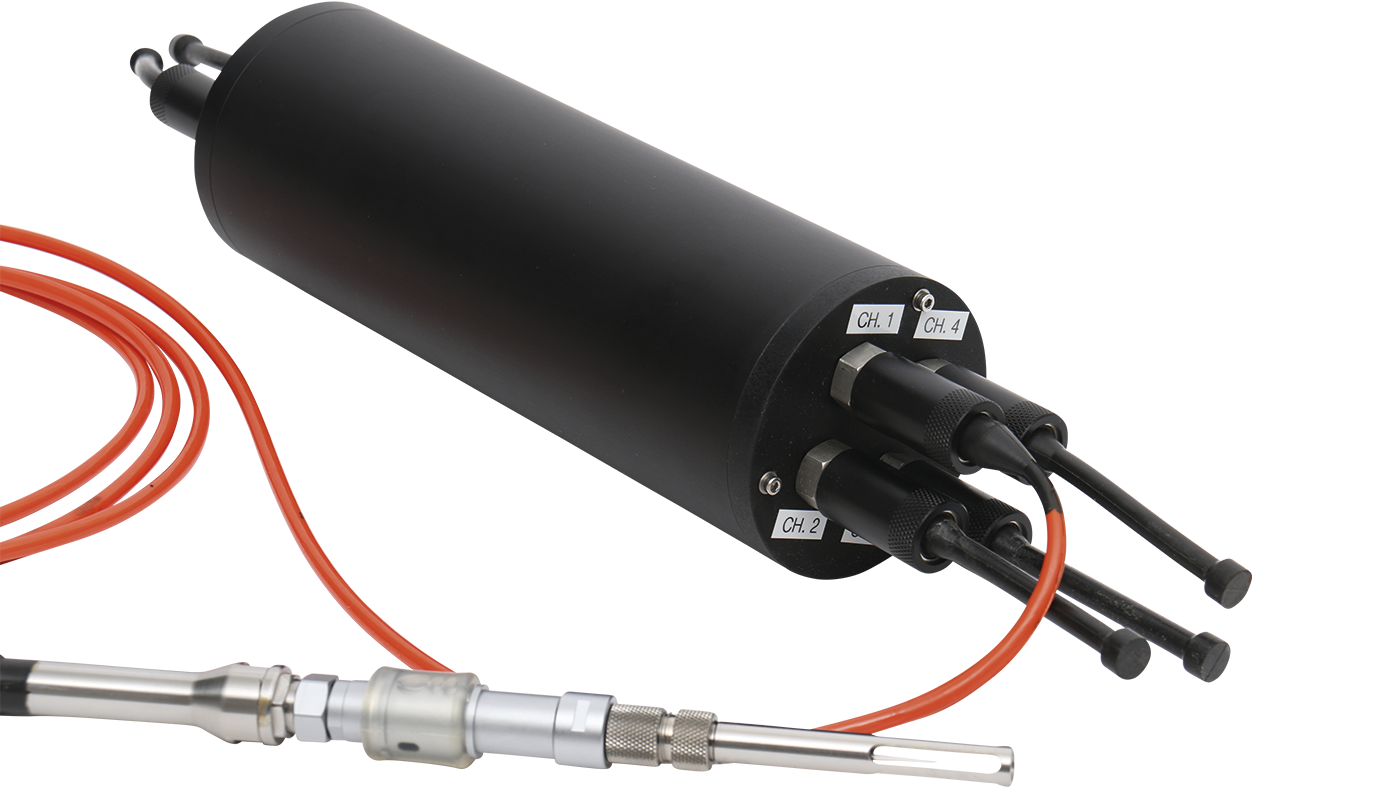
Field DataLogger Mini System
Measure H2S, O2, pH, Redox, H2, NO and N2O (50 m depth only). The Field DataLogger Mini enables studies of unique analytes, including studies utilizing fast responding sensors (seconds), giving you an opportunity to monitor and obtain unique data in a cost-effective way. Read more...
Measure unique analytes
The Field Datalogger Mini System offers
- 6,000 m depth rating
- 2 or 4 channel versions available
- Up to 20 days of deployment time
- Measure ultra low oxygen
- Export for SensorTrace Logger and CSV file
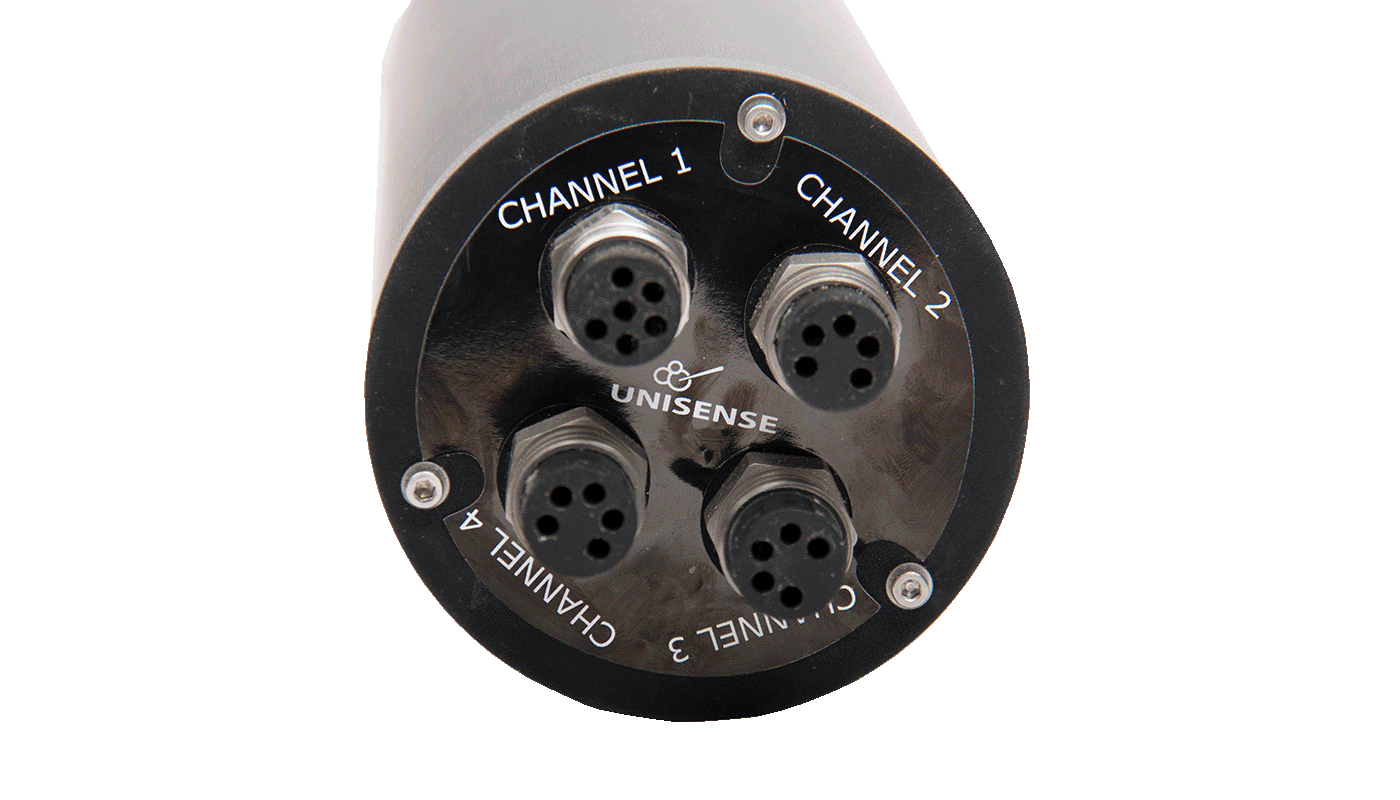
Measure ultra-low oxygen concentration (<10nM) with STOX sensor
The Field DataLogger Mini offers full STOX support and makes it possible for you to study ultra-low oxygen concentrations in e.g. oxygen minimal zones and other environments containing ultra-low oxygen. The STOX microsensor differs from the standard oxygen microsensor by having automatic zero calibration.
This enables the sensor to measure extremely low oxygen concentrations <10nM.
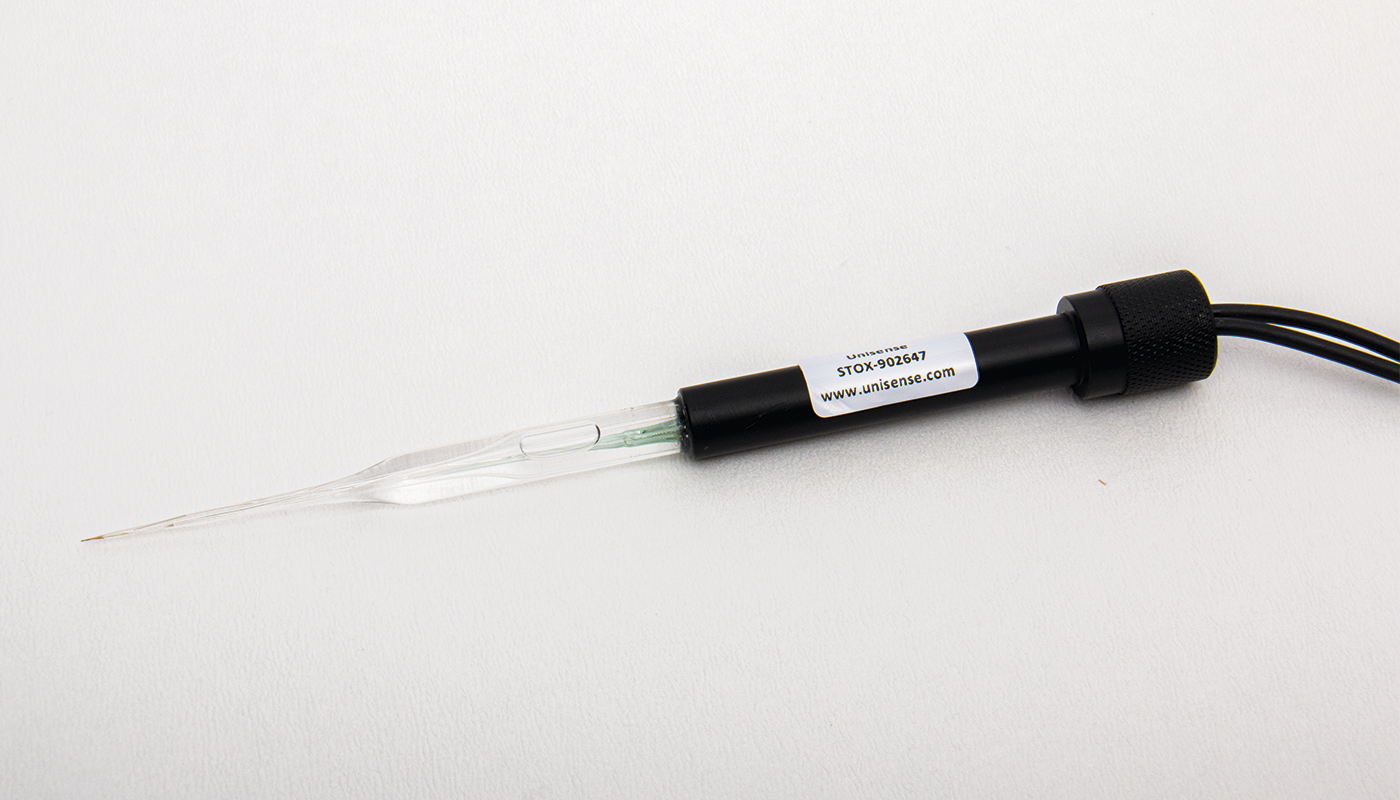
Link to ADV’s, CTD’s and other platforms
The flexibility of our Field DataLogger Mini enables you to integrate it into your current platform. Power your Field DataLogger Mini from your CTD, ADV or other source using a 6-28 V supply, and store and synchronize your measured data on your device via our 0-5 V analog output.
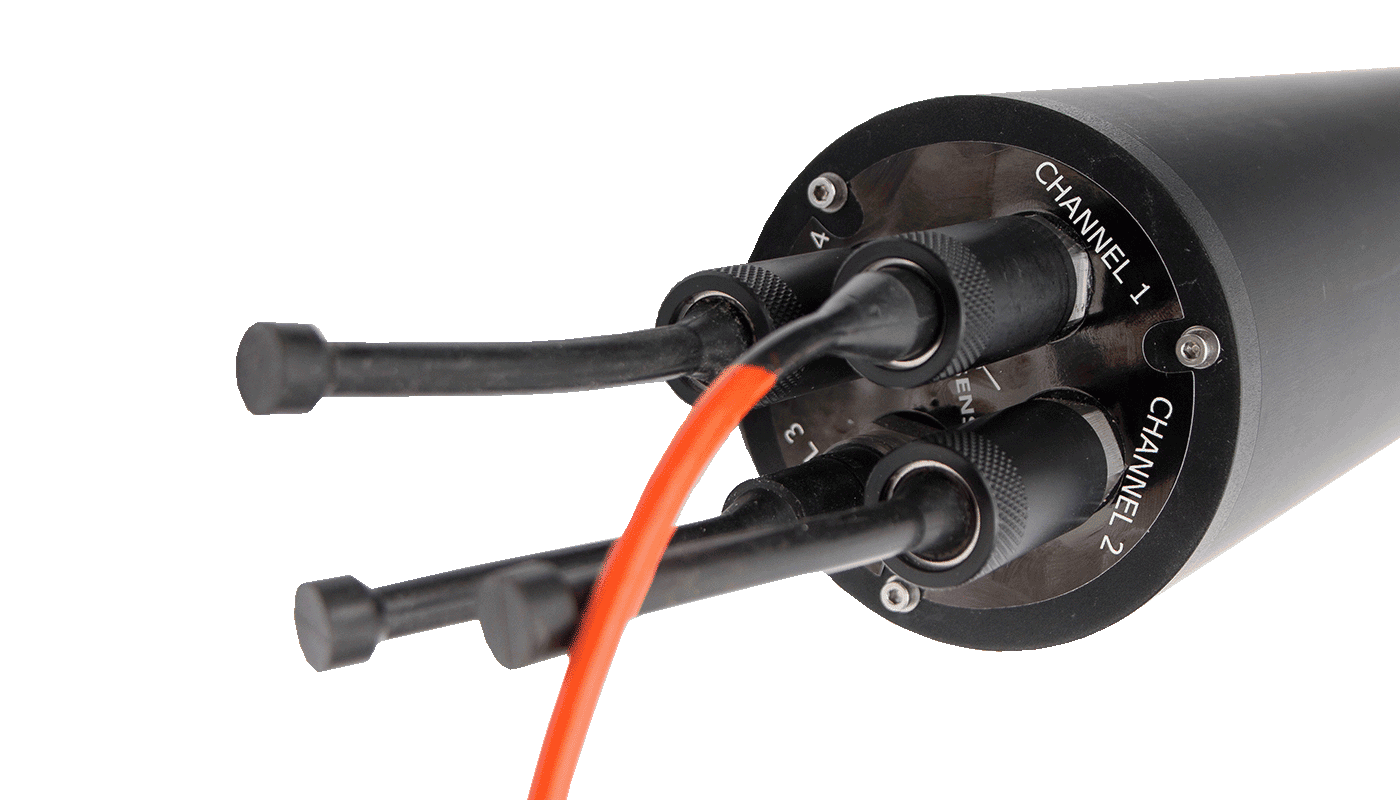
Easy setup and data export
Connect sensors, apply polarization and start measuring. After deployment, import data into SensorTrace Logger for visualization of raw and calibrated values. With SensorTrace Logger, you can export into e.g. Excel for further analysis.
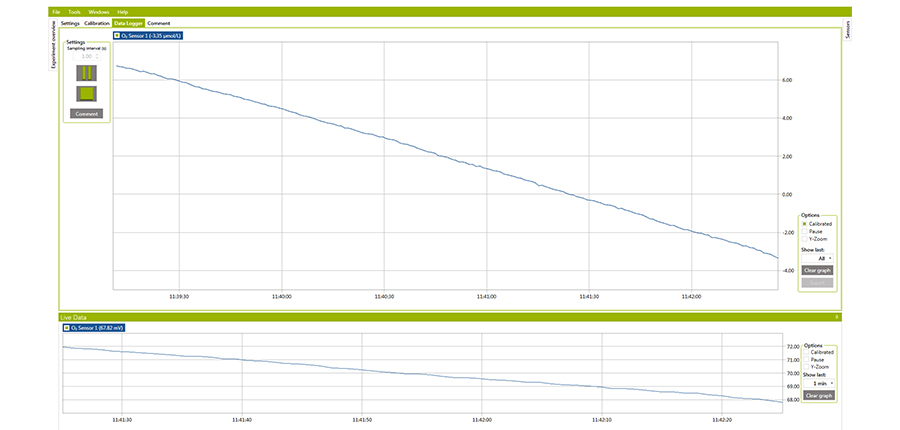
| Feature | Standard |
|---|---|
|
Feature
Housing
|
Standard
9.5 cm OD x 28 cm
|
|
Feature
Volume
|
Standard
1.98 L
|
|
Feature
Weight - Air (Water)
|
Standard
4.4 Kg
|
|
Feature
Operating Temperature
|
Standard
-10 - 60°C
|
|
Feature
Depth Range
|
Standard
0-6,000 m
|
|
Feature
CPU (Memory)
|
Standard
180 MHz
|
|
Feature
Data Storage
|
Standard
8 GB, optionally 32 GB
|
|
Feature
Battery Capacity
|
Standard
13 Ah @ 7.4V
|
|
Feature
Deployment Time
|
Standard
Up to 20 days @ 25 °C
|
|
Feature
Extra Battery Capacity
|
Standard
2 x 13 Ah @ 7.4 V
|
|
Feature
Deployment Time w. Extra Battery
|
Standard
Adds 40 days @ 25 °C
|
|
Feature
Direct power supply
|
Standard
Yes, 16-28 V
|
|
Feature
Analog out
|
Standard
0-4 V
|
| Feature | Standard |
|---|---|
|
Feature
Resolution
|
Standard
16 bit
|
|
Feature
Logging Interval
|
Standard
1 sec, 10 sec, 1 min
|
|
Feature
Channels
|
Standard
2 or 4
|
|
Feature
Input Range
|
Standard
±6 V
|
| Feature | Standard |
|---|---|
|
Feature
Response Time t90%
|
Standard
< 40 ms
|
|
Feature
Integrated Input Noise Current (peak-peak)
|
Standard
0.1 pA, 0.1 mV
|
|
Feature
Software
|
Standard
|
|
Feature
Warranty
|
Standard
1 year
|
| System components | Product |
|---|---|
|
System components
Datalogger
|
Product
Field DataLogger Mini (2 or 4 channels)
|
|
System components
Sensor
|
Product
Most Unisense sensors and electrodes
|
|
System components
Sensor connectors
|
Product
In situ connectors
|
Quick Enquiry
Related products
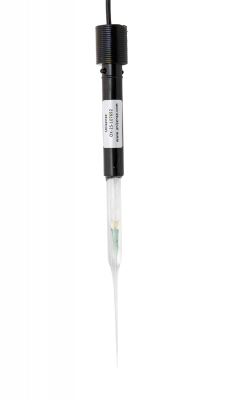
High performance oxygen microsensor
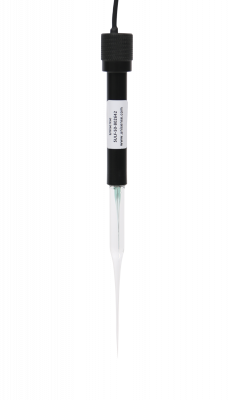
Detect hydrogen sulfide in your sample
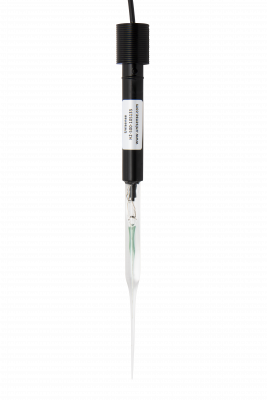
Highly sensitive hydrogen microsensor for gas and liquid measurements
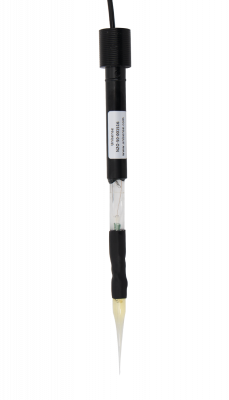
Measure dissolved and gaseous nitrous oxide
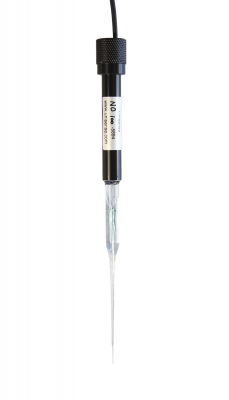
Measure minute concentrations of nitric oxide
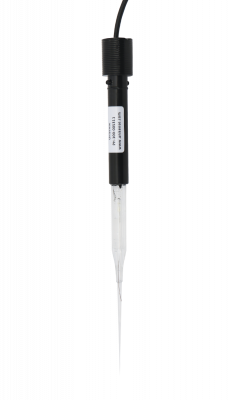
Miniaturized pH electrode
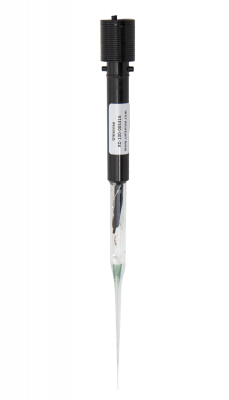
Measure redox potential in microenvironments
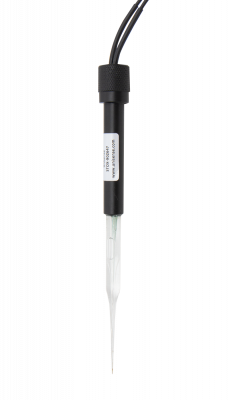
Measure ultra low oxygen concentrations (<10nM)
